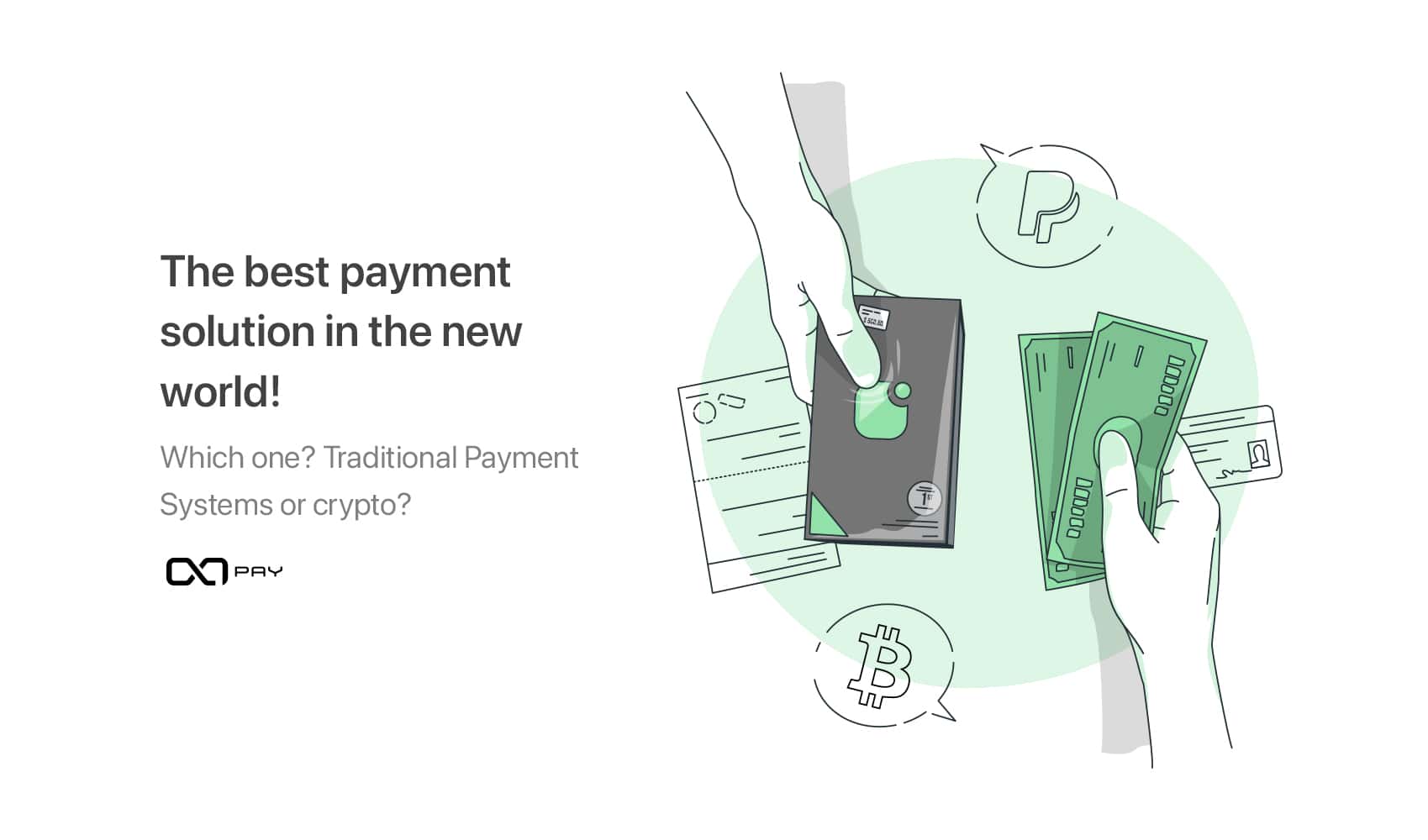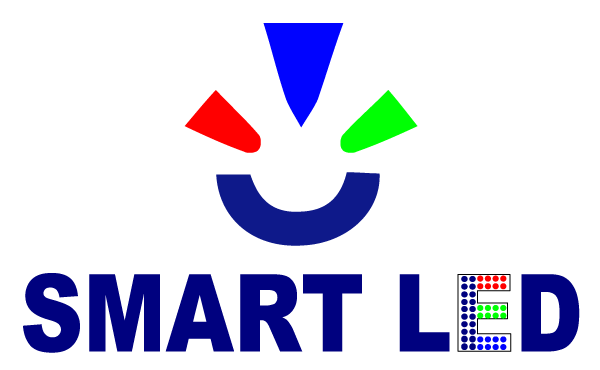Value of all cryptocurrencies
As those changes occur, pay-by-bank options, also known as account-to-account payments, are likely to get more attention. “A2A payments will soar” in 2025, partly because of increased interest from stakeholders such as central banks, consumers and commercial banks, analysts at S&P Global Market Intelligence predicted in a report last month https://intececologico.com/casino-review/comic-play/.
While some of the trends, such as the industry’s move toward instant payments, will remain on a steady trajectory, others are expected to emerge as more important, including the use of artificial intelligence.
Artificial Intelligence (AI) is driving predictive, adaptive payment systems. These AI-powered agents can manage cash flow, overdrafts, and even make automated transactions. By embedding intelligence into payments, businesses and consumers alike are experiencing unprecedented efficiency and personalization.
Central Bank Digital Currencies are legal tender issued by the central bank of a country and thus have all the properties of traditional money. China and India are amongst the countries already piloting CBDCs with the Euro area planning to introduce an E-Euro in 2027.

Value of all cryptocurrencies
At the time of writing, we estimate that there are more than 2 million pairs being traded, made up of coins, tokens and projects in the global coin market. As mentioned above, we have a due diligence process that we apply to new coins before they are listed. This process controls how many of the cryptocurrencies from the global market are represented on our site.
One of the biggest winners is Axie Infinity — a Pokémon-inspired game where players collect Axies (NFTs of digital pets), breed and battle them against other players to earn Smooth Love Potion (SLP) — the in-game reward token. This game was extremely popular in developing countries like The Philippines, due to the level of income they could earn. Players in the Philippines can check the price of SLP to PHP today directly on CoinMarketCap.
Coinlore Independent Cryptocurrency Research Platform: We offer a wide range of metrics including live prices, market cap, trading volumes, historical prices, yearly price history, charts, exchange information, buying guides, crypto wallets, ICO data, converter, news, and price predictions for both short and long-term periods. Coinlore aggregates data from multiple sources to ensure comprehensive coverage of all relevant information and events. Additionally, we provide APIs and widgets for developers and enterprise users.
CoinMarketCap does not offer financial or investment advice about which cryptocurrency, token or asset does or does not make a good investment, nor do we offer advice about the timing of purchases or sales. We are strictly a data company. Please remember that the prices, yields and values of financial assets change. This means that any capital you may invest is at risk. We recommend seeking the advice of a professional investment advisor for guidance related to your personal circumstances.
NFTs are multi-use images that are stored on a blockchain. They can be used as art, a way to share QR codes, ticketing and many more things. The first breakout use was for art, with projects like CryptoPunks and Bored Ape Yacht Club gaining large followings. We also list all of the top NFT collections available, including the related NFT coins and tokens.. We collect latest sale and transaction data, plus upcoming NFT collection launches onchain. NFTs are a new and innovative part of the crypto ecosystem that have the potential to change and update many business models for the Web 3 world.
List of all cryptocurrencies
The first chain to launch smart contracts was Ethereum. A smart contract enables multiple scripts to engage with each other using clearly defined rules, to execute on tasks which can become a coded form of a contract. They have revolutionized the digital asset space because they have enabled decentralized exchanges, decentralized finance, ICOs, IDOs and much more. A huge proportion of the value created and stored in cryptocurrency is enabled by smart contracts.
Here at CoinMarketCap, we work very hard to ensure that all the relevant and up-to-date information about cryptocurrencies, coins and tokens can be located in one easily discoverable place. From the very first day, the goal was for the site to be the number one location online for crypto market data, and we work hard to empower our users with our unbiased and accurate information.
At the time of writing, we estimate that there are more than 2 million pairs being traded, made up of coins, tokens and projects in the global coin market. As mentioned above, we have a due diligence process that we apply to new coins before they are listed. This process controls how many of the cryptocurrencies from the global market are represented on our site.
The UK’s Financial Conduct Authority estimated there were over 20,000 different cryptocurrencies by the start of 2023, although many of these were no longer traded and would never grow to a significant size.

The first chain to launch smart contracts was Ethereum. A smart contract enables multiple scripts to engage with each other using clearly defined rules, to execute on tasks which can become a coded form of a contract. They have revolutionized the digital asset space because they have enabled decentralized exchanges, decentralized finance, ICOs, IDOs and much more. A huge proportion of the value created and stored in cryptocurrency is enabled by smart contracts.
Here at CoinMarketCap, we work very hard to ensure that all the relevant and up-to-date information about cryptocurrencies, coins and tokens can be located in one easily discoverable place. From the very first day, the goal was for the site to be the number one location online for crypto market data, and we work hard to empower our users with our unbiased and accurate information.
All casinos accepting cryptocurrencies
After conducting a thorough review, we confidently recommend Empire.io as a premier online crypto casino. This esteemed platform stands out for its impeccable reputation and extensive game selection, encompassing slots, table games, crash games, and live casino experiences. The visually appealing design, complemented by thoughtfully organized menus, ensures a seamless navigation experience for players, allowing them to effortlessly explore all that Empire.io has to offer.
Sophie is a dedicated Web3 writer, specializing primarily in the field of cryptocurrency casinos. With a strong passion for digital innovation, Sophie began delving into the crypto world in 2016, fascinated by the potential of blockchain technology to revolutionize online gambling. Her expertise lies in dissecting the latest trends and developments in crypto casinos, offering readers insightful analysis and practical guides.
Browse the entire Casino Guru casino database and see all casinos you can choose from. If you want to leave your options open, this is the right list of casinos for you. It might take you longer to find the best option though.
Yes, Bitcoin casinos tend to be very safe. The beauty of playing with crypto is that it’s a very secure payment method. Nonetheless, we encourage players to research each casino on a site-by-site basis to make sure that they are 100% reliable.
These are just three examples. Each casino deals with this in a specific way, so make sure to do the research and find out how crypto deposit and withdrawals are handled before choosing the best casino to play in. This information is not always listed on the website, but you should get to them by contacting the casino’s customer support.


